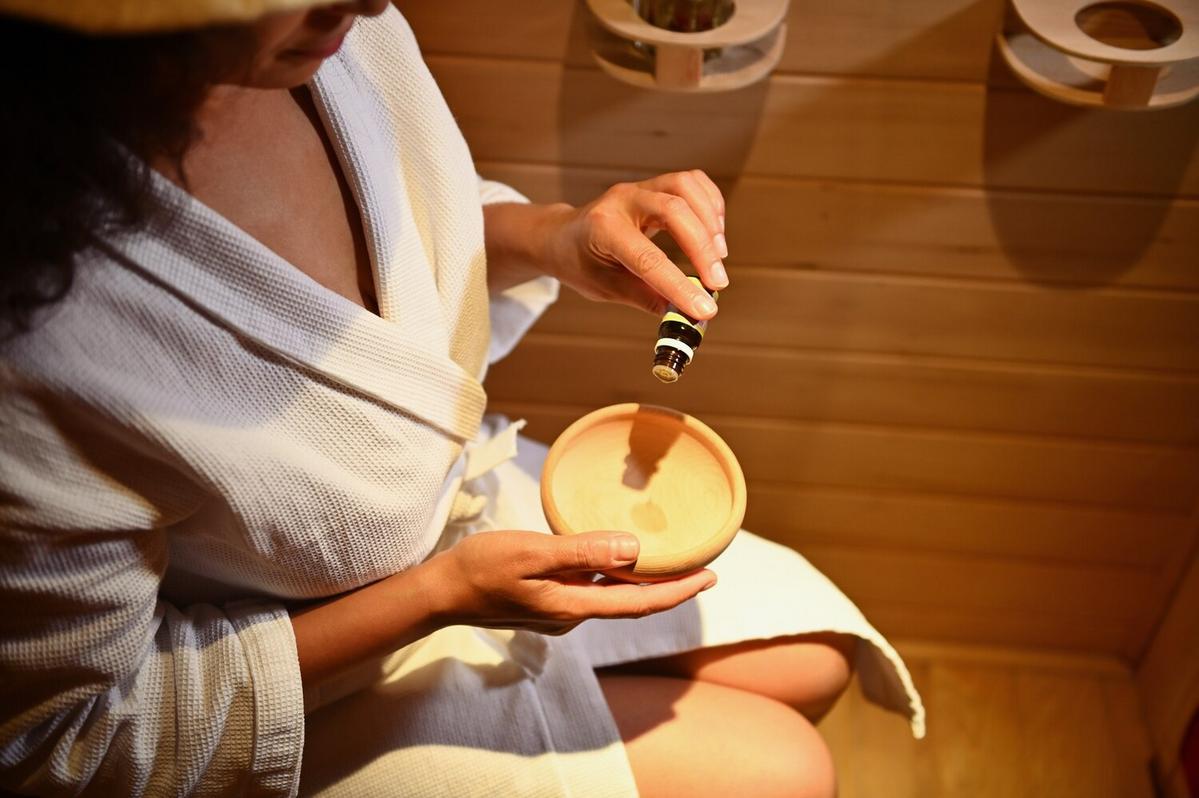
Reiki: A Guide to Energy Healing and Its Benefits
Reiki, a form of energy healing that has been practiced for centuries, is gaining popularity as a complementary therapy in the modern wellness landscape. This ancient technique focuses on channeling energy to promote balance and healing within the body.
Understanding Reiki: The Basics
Reiki, originating from Japan, is based on the idea that a ‘universal life force energy’ flows through us, and this energy can be harnessed to support healing and well-being. Practitioners of Reiki use their hands to transfer this energy, helping to alleviate stress, promote relaxation, and support physical and emotional healing.
Expert Insights and Perspectives
According to Dr. Mikao Usui, the founder of Reiki, the practice helps in achieving spiritual and physical balance. He believed that ‘the secret art of inviting happiness lies in balancing the mind and body.’
Experts in the field of energy healing often emphasize the non-invasive nature of Reiki, making it accessible and adaptable for various individuals.
The Science Behind Reiki
While scientific research on Reiki is still evolving, some studies suggest that it can help reduce pain and anxiety. A study published in the Journal of Alternative and Complementary Medicine found that Reiki can significantly decrease pain levels in patients recovering from surgery.
Personal Experiences with Reiki
Anna, a long-time practitioner, shares, ‘Reiki has transformed my life by providing a sense of calm and clarity. It’s not just about healing physical ailments, but also about nurturing emotional resilience.’
Actionable Tips for Trying Reiki
- Find a Certified Practitioner: Ensure your practitioner is certified and experienced to get the most out of your Reiki session.
- Set Your Intention: Before your session, think about what you hope to achieve, whether it’s stress reduction, pain relief, or emotional healing.
- Stay Open-Minded: Approach your session with an open mind to fully experience the potential benefits of Reiki.
Comparing Reiki with Other Therapies
| Aspect | Reiki | Acupuncture | Massage Therapy |
|---|---|---|---|
| Invasiveness | Non-invasive | Minimally invasive | Hands-on manipulation |
| Focus | Energy flow | Meridian points | Muscle and tissue relaxation |
| Duration | 30-60 minutes | 30-60 minutes | 60-90 minutes |
| Side Effects | None | Mild bruising | Soreness |
| Cost | Varies | Varies | Varies |
| Availability | Widespread | Widespread | Widespread |
| Training Required | Certification | Certification | Certification |
| Popularity | Increasing | Stable | Stable |
Frequently Asked Questions
What should I expect during a Reiki session?
During a Reiki session, you’ll typically lie down fully clothed while the practitioner gently places their hands on or near your body to channel energy.
Is Reiki safe for everyone?
Yes, Reiki is considered safe for all ages and conditions. It complements other forms of medical treatment and therapy.
Can Reiki cure illnesses?
Reiki is not a cure for illnesses but can support the healing process and improve overall well-being.
How often should I receive Reiki treatments?
The frequency of Reiki treatments depends on individual needs. Some may benefit from weekly sessions, while others might opt for monthly treatments.
Conclusion: Embracing the Power of Reiki
Reiki offers a unique approach to healing that harmonizes the body and mind. Whether you’re seeking to enhance your wellness routine or explore alternative therapies, Reiki presents an opportunity for growth and healing. Consider trying a session to experience the potential benefits firsthand and nurture your journey toward holistic well-being.


